Artist: Fra Angelico
Style: Early Renaissance
Topic: Christianity Religious Scenes
Technique: Oil
This is the fresco on the wall of Cell 35 of the Convento di San Marco in Florence. In contrast to most frescoes in the cells of the friars and novices, those in the corridor of the lay brethren are illustrative narratives that closely follow the Gospel of Matthew. These portrayals were directed to a community that was less attuned to theological and visual abstraction. Many of the scenes are situated in mountainous landscapes or detailed architectural settings. The Institute of the Eucharist in Cell 35 underscored the Dominicans devotion to the Eucharist, which St Thomas articulated most eloquently in composing the office for the feast of Corpus Domini. It transpires in a spacious room similar to the convent's actual refectory and repeats elements of San Marco's own architecture - the arched windows of the dormitory, the well in the second cloister - to emphasize its relevance to the lay brother. This fresco was executed by an assistant of Fra Angelico.
Artist |
|
|---|---|
Download |
|
Permissions |
Free for non commercial use. See below. |
Fra Angelico – Most viewed artworks
|
This image (or other media file) is in the public domain because its copyright has expired. However - you may not use this image for commercial purposes and you may not alter the image or remove the watermark. This applies to the United States, Canada, the European Union and those countries with a copyright term of life of the author plus 70 years.
|
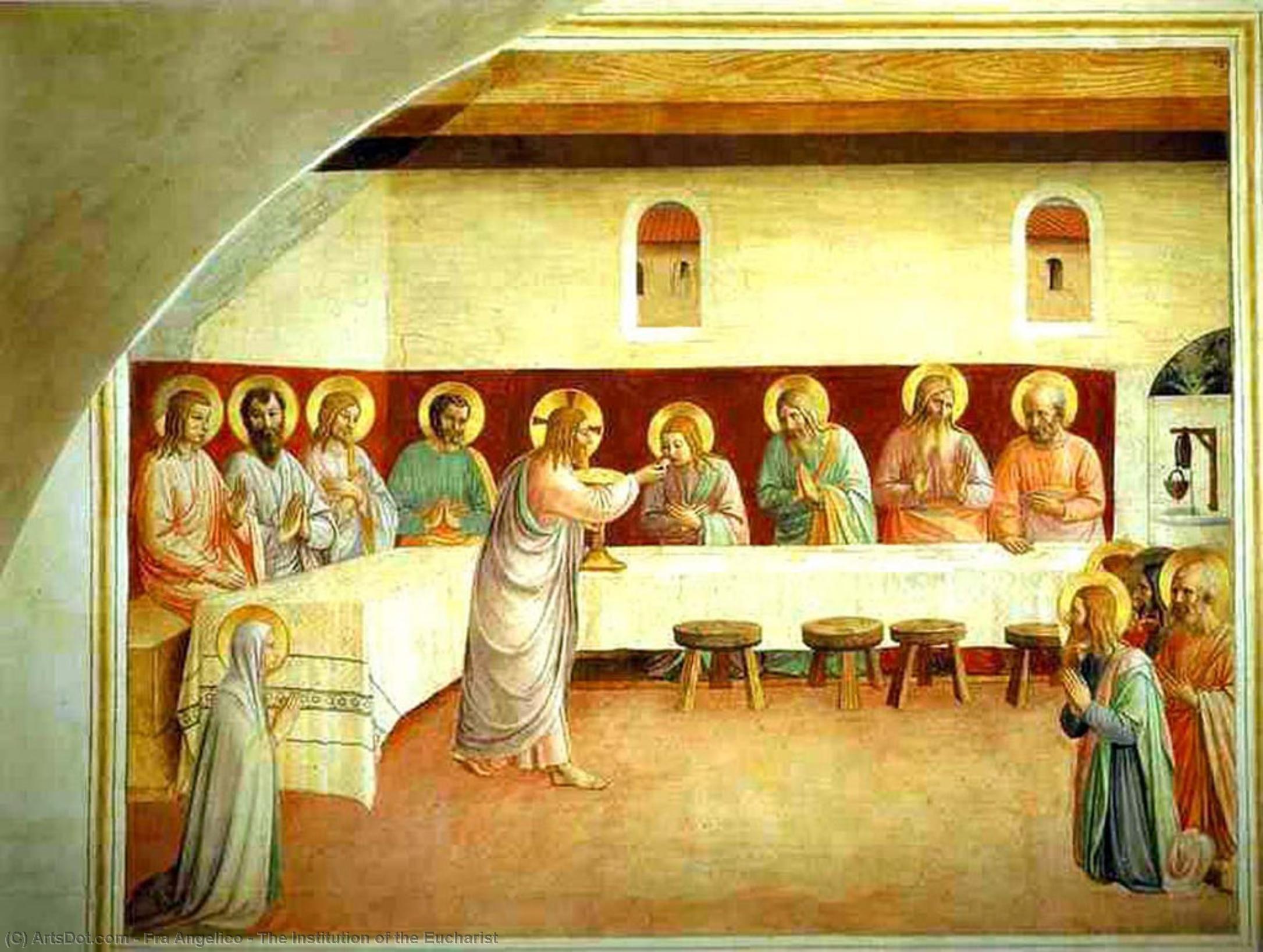


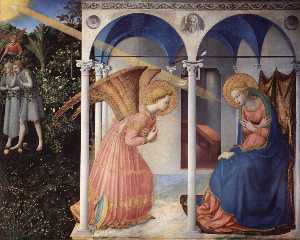
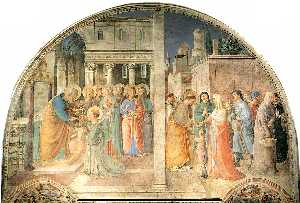

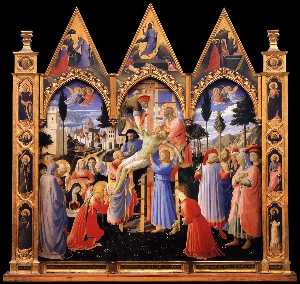
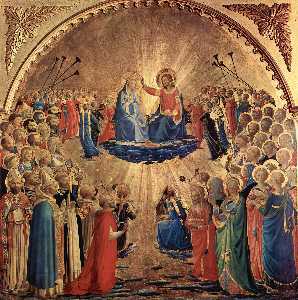




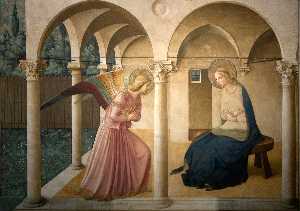

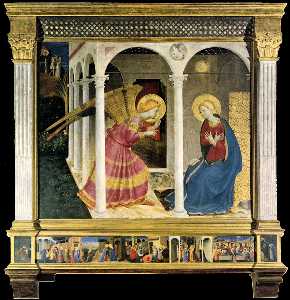
 Note that a few countries have copyright terms longer than 70 years: Mexico has 100 years, Colombia has 80 years, and Guatemala and Samoa have 75 years. This image may
not be in the public domain in these countries, which moreover do not implement the
Note that a few countries have copyright terms longer than 70 years: Mexico has 100 years, Colombia has 80 years, and Guatemala and Samoa have 75 years. This image may
not be in the public domain in these countries, which moreover do not implement the